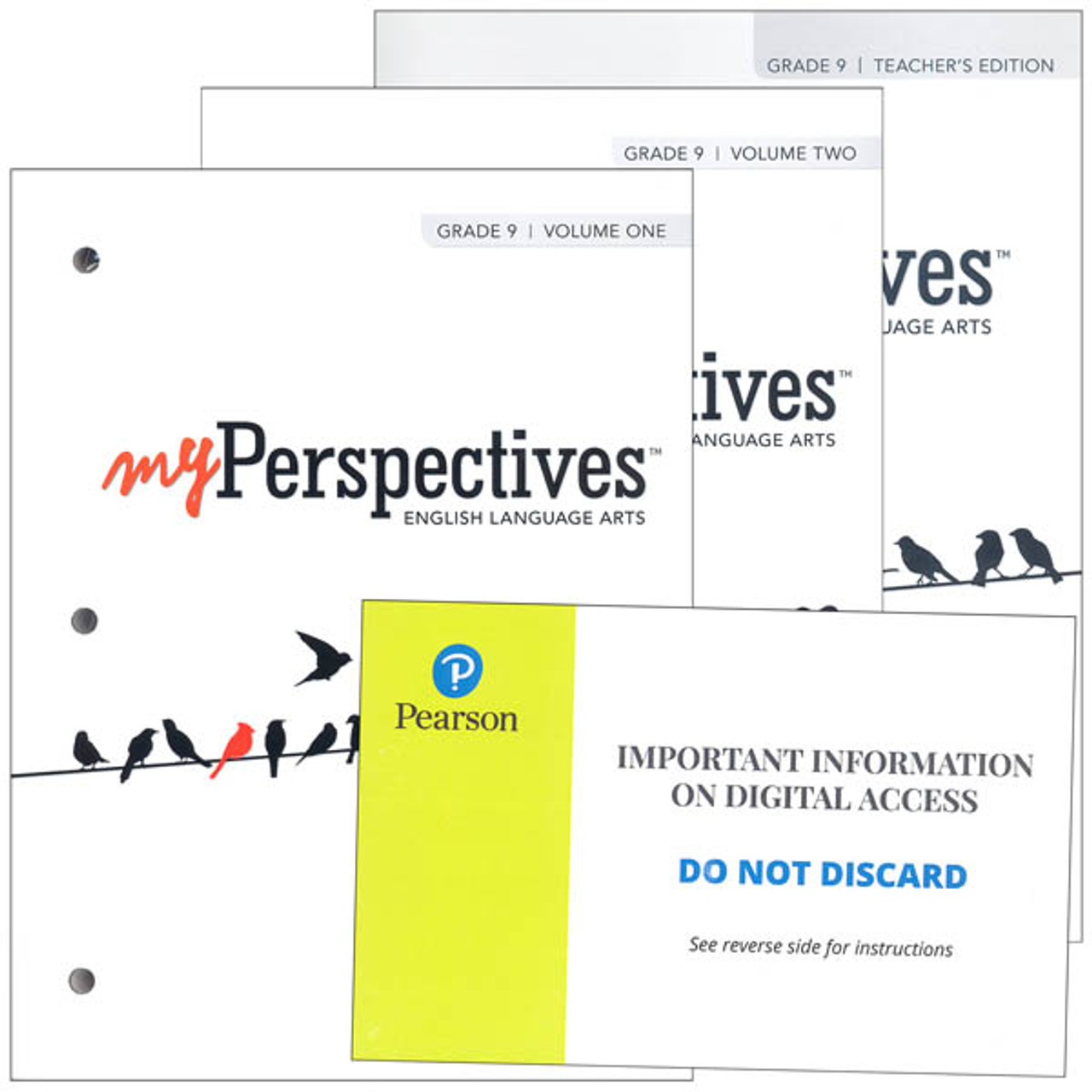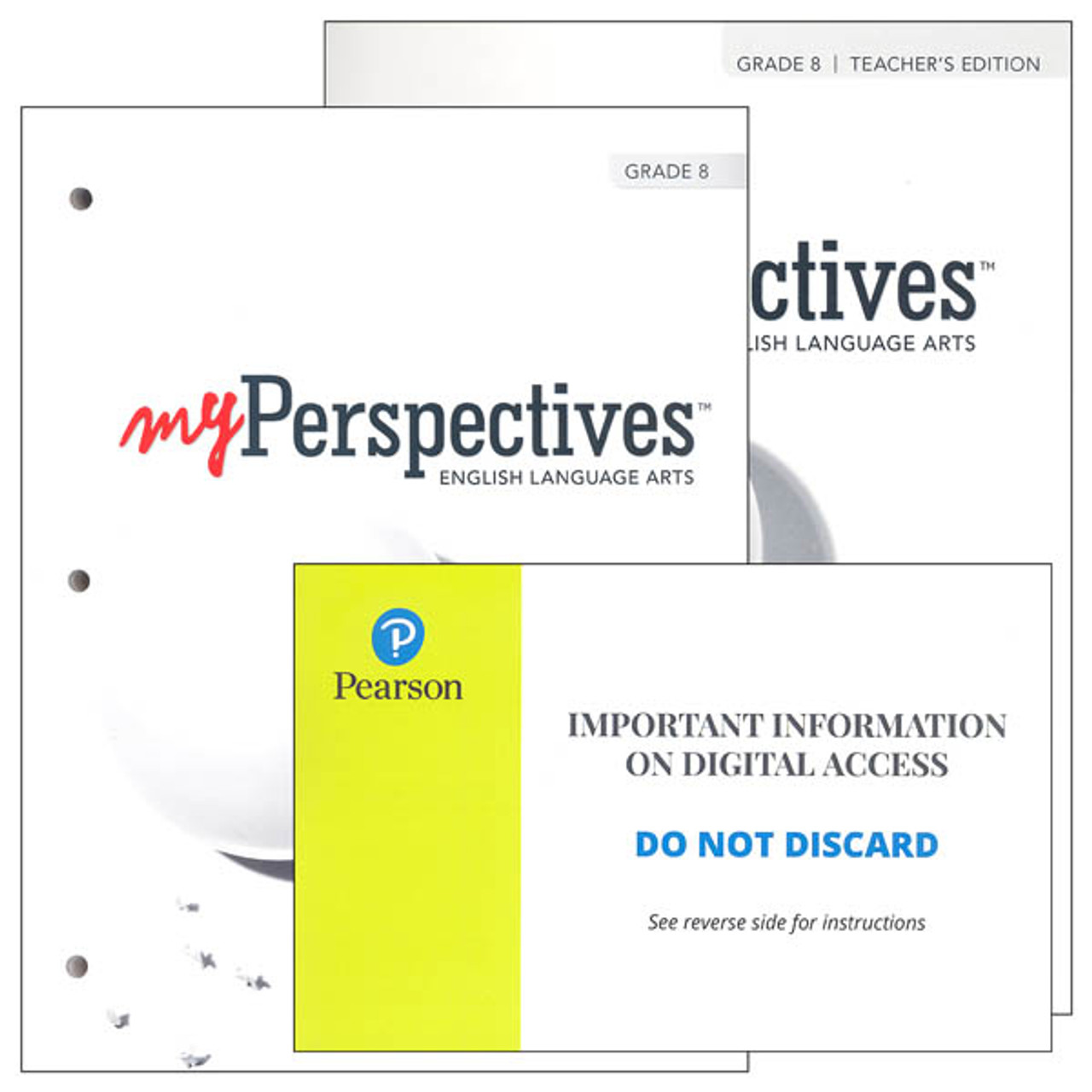Embark on an enlightening journey with My Perspectives Grade 10 Volume 2, a literary masterpiece that invites readers to delve into the intricate world of literary devices, character development, and profound themes. Through engaging discussions and insightful analyses, this text empowers students to unlock the complexities of literature and cultivate a deeper appreciation for its transformative power.
Within these pages, readers will encounter a tapestry of literary techniques that illuminate the hidden depths of language and enhance the overall impact of the text. The evolution of characters and their intricate relationships will captivate the imagination, while the exploration of central themes will provoke critical thinking and foster a nuanced understanding of human experiences.
Literary Devices and Techniques

Literary devices and techniques are tools used by writers to enhance the meaning and impact of their writing. They can be used to create a variety of effects, such as emphasis, clarity, and emotional impact. Some common literary devices include metaphors, similes, personification, and foreshadowing.
For example, in the novel To Kill a Mockingbird, Harper Lee uses the metaphor of a “mockingbird” to represent innocence and vulnerability. This device helps to create a sense of sympathy for the main character, Scout Finch, and her struggle against prejudice and injustice.
Character Development
Character development is the process by which characters in a story change and grow over time. This can happen through a variety of events and experiences, such as relationships, conflicts, and challenges.
In the play Romeo and Juliet, William Shakespeare develops the characters of Romeo and Juliet through their tragic love affair. Initially, they are both young and idealistic, but as the play progresses, they are forced to confront the harsh realities of the world.
This leads to their eventual deaths, but also to a greater understanding of themselves and the world around them.
Theme and Meaning
The theme of a story is its central message or idea. It is what the author wants to say about life, human nature, or the world around them.
In the novel The Great Gatsby, F. Scott Fitzgerald explores the theme of the American Dream. He shows how Gatsby’s pursuit of wealth and status ultimately leads to his downfall. This suggests that the American Dream is not always what it seems, and that it can be destructive if it is not pursued in a healthy way.
Historical and Cultural Context
The historical and cultural context of a story is the time and place in which it is set. This context can have a significant impact on the story’s meaning and interpretation.
For example, the novel Gone with the Windby Margaret Mitchell is set during the American Civil War. This context helps to explain the characters’ motivations and actions, as well as the overall tone of the story.
Symbolism and Imagery
Symbolism is the use of objects or images to represent abstract ideas or concepts. Imagery is the use of vivid language to create a sensory experience for the reader.
In the poem “The Road Not Taken” by Robert Frost, the speaker comes to a fork in the road. He chooses the road less traveled, which symbolizes the path less taken in life. This image suggests that the speaker is willing to take risks and forge his own path, even if it is more difficult.
Structure and Organization
The structure and organization of a story refers to the way in which it is put together. This can include the order of events, the use of flashbacks, and the use of different points of view.
In the novel The Catcher in the Ryeby J.D. Salinger, the story is told from the point of view of the main character, Holden Caulfield. This allows the reader to see the world through Holden’s eyes and to understand his thoughts and feelings.
Style and Language, My perspectives grade 10 volume 2
The style and language of a story refers to the way in which it is written. This can include the use of different literary devices, the tone of the writing, and the use of language.
In the novel The Sun Also Risesby Ernest Hemingway, the style is characterized by its simplicity and directness. This style helps to create a sense of realism and immediacy, and it allows the reader to focus on the characters and their experiences.
FAQ Guide: My Perspectives Grade 10 Volume 2
What is the significance of literary devices in My Perspectives Grade 10 Volume 2?
Literary devices play a crucial role in enhancing the meaning and impact of the text. They create vivid imagery, evoke emotions, and convey deeper layers of significance, allowing readers to engage with the text on multiple levels.
How does My Perspectives Grade 10 Volume 2 explore character development?
The text delves into the complexities of characterization, tracing the growth, motivations, and relationships of the main characters. Through this exploration, readers gain a profound understanding of human nature and the dynamics that shape individual experiences.
What are the central themes explored in My Perspectives Grade 10 Volume 2?
The text explores a range of universal themes that resonate with readers of all ages. These themes include the search for identity, the power of resilience, the complexities of human relationships, and the transformative nature of literature.

